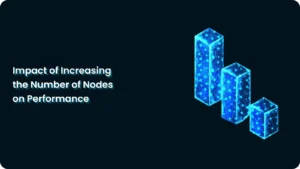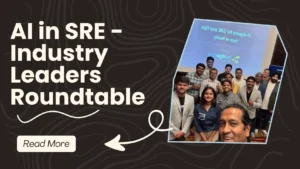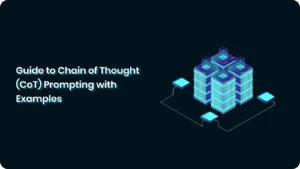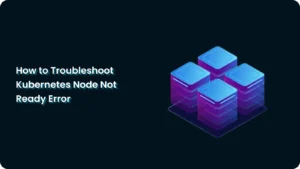From Alert Fatigue to Trustworthy Automation: AI for SRE Teams
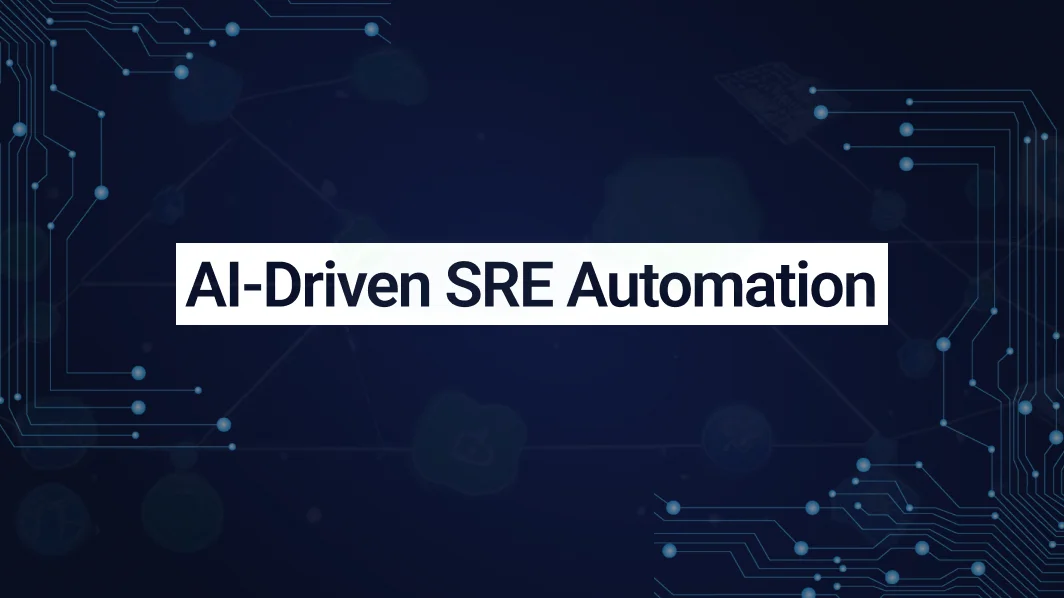
Too many false positives erode trust in automation. In the world of modern SRE and cloud operations, “automation” is one of the most overused words and one of the hardest to trust.
Most teams want to believe automation will save them time. But when you’re managing complex, distributed systems at scale, letting an AI touch production can feel like handing the keys to a junior engineer on day one except this junior never sleeps and might just reboot your cluster if it misreads a signal.
The Real Problem: Too Much Noise, Not Enough Signal
Ask any on-call engineer about alert fatigue, and you’ll hear the same story:
- Endless low-value alerts.
- False positives that erode trust.
- “Automated suggestions” that lack context or worse, make things worse.
It’s no wonder many teams hesitate to flip the switch on auto-remediation. Without transparency and controls, AI can feel like a black box you can’t trust.
How High-Performing Teams Overcome the Trust Gap
Great SRE teams don’t just automate for speed they design automation to be explainable, auditable, and human-friendly.
One fintech company we worked with had an endless stream of noisy alerts so much so that 40% of incidents ended up being false positives or redundant. Engineers were constantly second-guessing which alert mattered.
Instead of flipping on “auto-fix everything,” they did it step by step:
- They deployed AI agents to correlate logs, traces, and metrics and score alert relevance.
- Every recommended fix included a confidence score and a plain-English explanation of why it was suggested.
- For all but the most routine issues, fixes ran only with explicit human approval.
In three months, they cut false positives by 60%, reduced unnecessary escalations, and, most importantly, rebuilt trust in the system. Senior engineers stopped ignoring alerts because they knew when the AI spoke up, it was worth listening to.
Guardrails Make or Break Automation
AI is not here to replace human engineers it’s here to give them leverage. But leverage only works when your team has:
- Transparency: See why an agent is suggesting an action, not just what it’s doing.
- Approval flows: Keep humans in the loop for non-trivial remediations.
- Continuous learning: Use every incident to train the system and refine what your agents catch and fix next time.
This is the real difference between “dumb automation” and trustworthy automation. When teams see how it works and can override it when needed they actually use it. And sleep better for it.
Treat your AI agents like co-pilots, not autopilots.
NudgeBee
At NudgeBee, we built our Agentic AI Assistants to be transparent and human-friendly by design.
Your engineers get clear, context-rich root cause insights, suggested fixes with confidence levels, and the power to approve or block actions all where you already work (Slack, Teams, your ticketing system).
Teams using NudgeBee’s agentic workflows have seen up to 40% fewer false positives, fewer 2 AM escalations, and more trust in the system they run.
Automate CloudOps with confidence and human-in-loop controls. Sign up or book a demo with founders.

